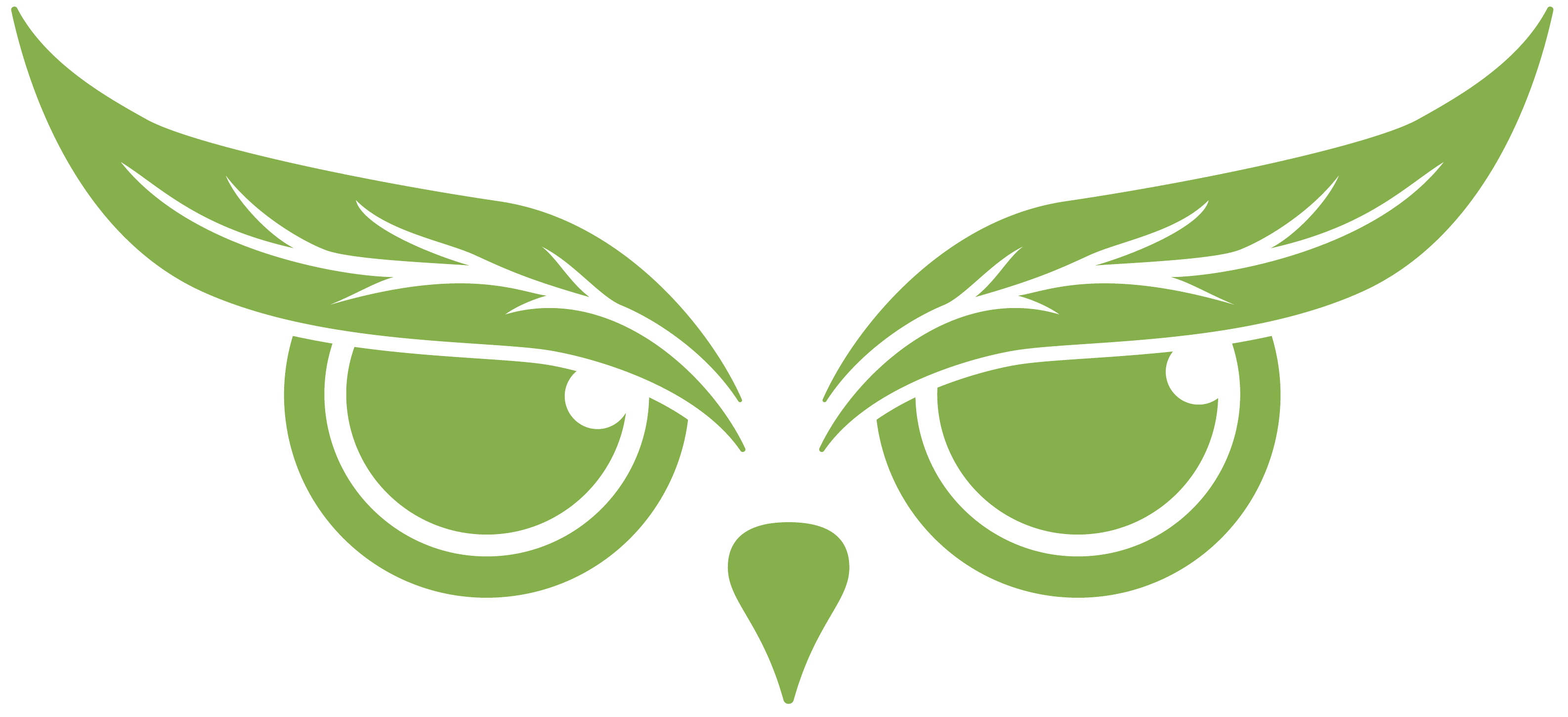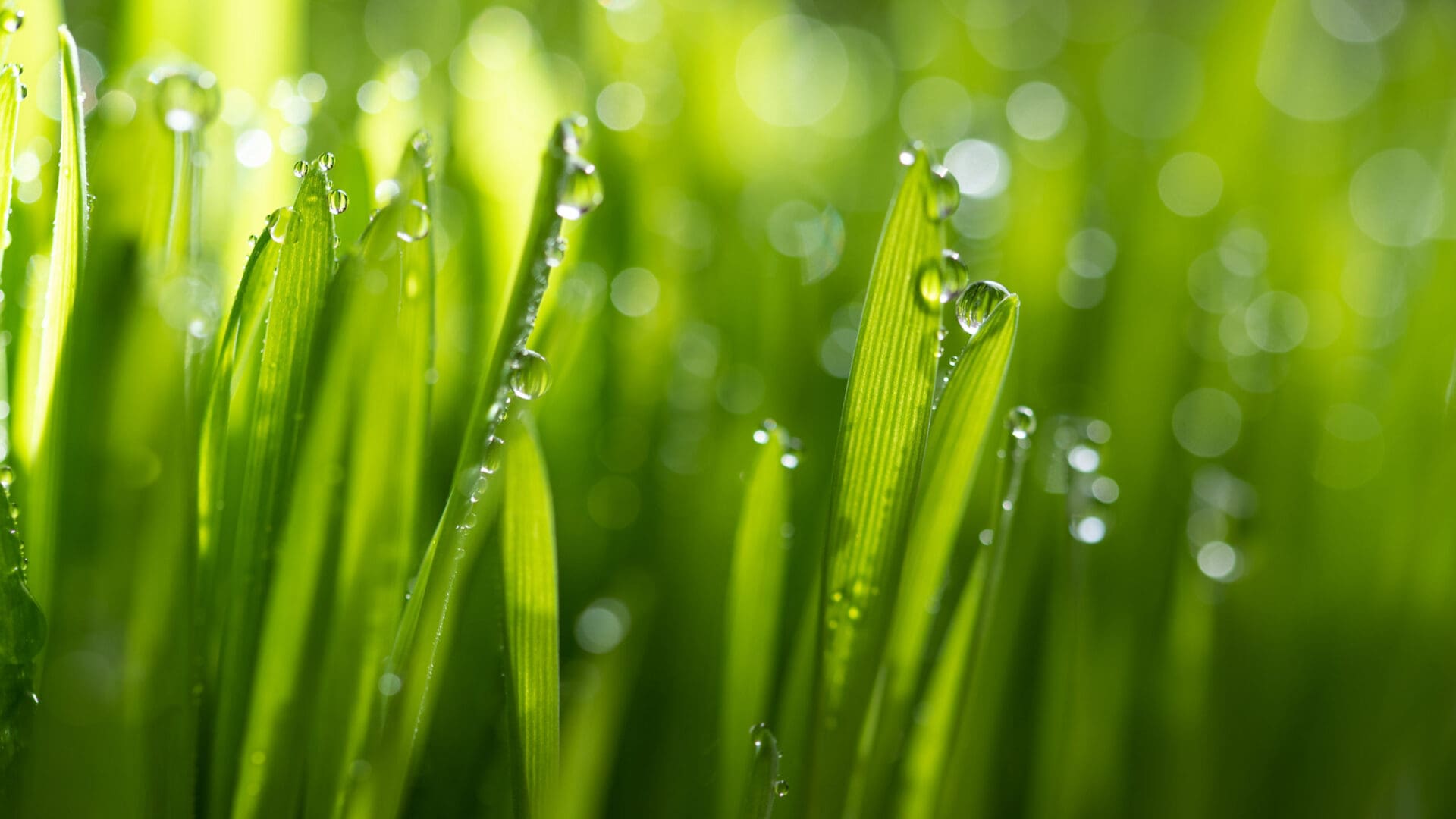Having a healthy lawn is the key to having an attractive yard. But how can you tell if your lawn is healthy? There are a few signs to look for that will help you determine the overall health of your lawn. From getting rid of pesky weeds to having tall, green grass, we’ll cover it all! Keep reading to learn more about the seven signs of a healthy lawn and how to maintain it.
- Lush, Green Grass
- Absence of Weeds
- Strong Root System
- Good Drainage
- No Pests
Need help with your lawn? Contact Lawnwise today.
Lush, Green Grass
One of the most obvious indicators of a healthy lawn is lush, green grass. To achieve this, your lawn will need a combination of the right nutrients, fertilizer, water and sunlight.
The best way to make sure your grass has the right nutrients is to have a soil test done. A soil test will help you determine the type of fertilizer you should use to provide the correct balance of nitrogen, phosphorus and potassium. When fertilizing your lawn, it’s important to follow the directions on the label and to apply only the amount of fertilizer needed.
In terms of water, your grass should receive at least one inch of water per week in order to stay healthy. To ensure that your lawn is getting enough water, you can set up an irrigation system or use a rain gauge to measure how much rainfall your lawn is receiving. Finally, you’ll want to make sure that your lawn receives enough sunlight. Your grass should receive at least six hours of sunlight each day in order to thrive. If your lawn is shaded by trees or buildings, you may need to install lights or prune back trees in order to increase the amount of sunlight that reaches your grass.
Absence of Weeds
Have weeds you can’t get rid of? There are a variety of factors that cause them such as soil pH, excessive nutrients, poor air circulation, and over-watering. In addition to being an eyesore, weeds can also compete with grass for the available sunlight, water and nutrients in the soil. Common types of weeds found in lawns include crabgrass, dandelions, clover, spurge, chickweed, and thistles. Luckily, a lawn care professional can help you determine the cause and get rid of them for good.
Looking to tackle this on your own? The best way to prevent weeds from taking over your lawn is to start with healthy soil. To do this, you should regularly aerate and dethatch your lawn and apply fertilizer to encourage healthy grass growth. Additionally, it is important to mow regularly at the appropriate height, as well as water your lawn deeply and evenly.
Strong Root System
Strong roots anchor the grass and help it access the water and nutrients it needs to stay green and healthy. The best way to tell if your lawn has a strong root system is to dig around and see how deep the roots are. To help accomplish this, you’ll need to water your lawn enough to keep the soil damp but avoid overwatering. You can also use an aerator to help open up the soil and allow more air, water, and nutrients to reach the roots. The type of fertilizer you use and the amount of sunlight your lawn gets, as stated above, also factor into this.
Good Drainage
Signs of proper drainage in your lawn include a consistent even surface without large puddles or water sitting on the ground. Proper drainage is essential for a healthy lawn, as too much water can lead to root rot, nutrient deficiencies and fungus growth.
To ensure proper drainage in your lawn, it is important to make sure the soil is able to absorb water effectively. You can do this by aerating the soil with a garden fork or tiller, which helps break up compacted soil. It is also important to ensure the soil has enough organic material, such as compost, to help with water absorption.
Another way to ensure proper drainage is to make sure that excess water from storms and other heavy rain events are directed away from the lawn. This can be done by creating an inclined path away from the lawn for the water to flow into or by installing a drain tile system in the ground.
No Pests
Having pests in your lawn can be a huge headache and can quickly ruin the hard work you’ve put into maintaining it. It’s important to check your lawn regularly for signs of pests so that you can deal with them right away. Some signs of pests include brown patches on the grass, visible insects or larvae, and dying or wilting plants.
To get rid of pests in your lawn permanently, it’s best to start by identifying the pest and then choosing the right treatment. If you’re not sure which pest is causing the problem, you can contact your local pest control expert for help. Once you know what you’re dealing with, you can choose a method of pest control that’s suitable for your lawn, such as natural solutions like neem oil, or insecticidal soap. You can also consider using traps, pesticides, or other chemical treatments if necessary. It’s important to follow all instructions carefully when using chemical treatments and always wear the proper protective gear.
Let the Expert Team at Lawnwise Help You
With over 75 years in the industry, our team knows what you want (beautiful, weed-free grass, no pests) and what you don’t (excuses). We provide lawn care service programs designed to fit all budgets, from the Basic program to our LawnWise Premier program, that offer everything your lawn needs to be healthy & beautiful.

